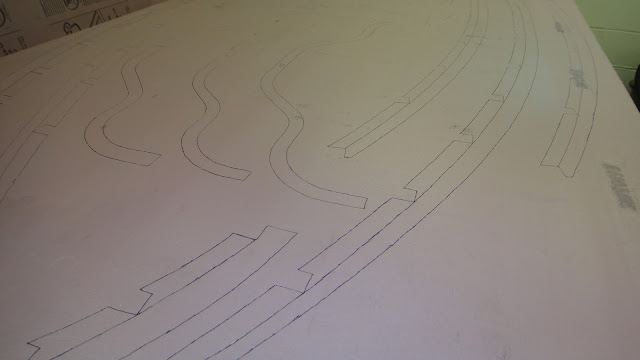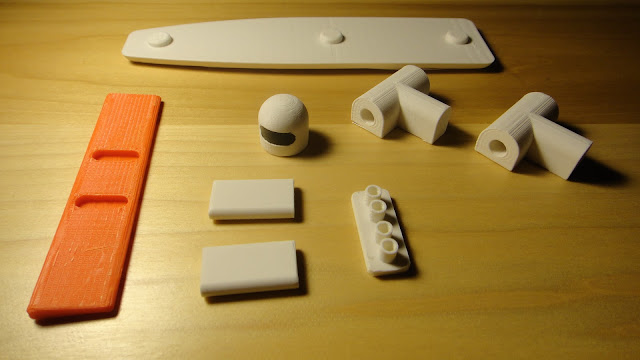The past couple of days here in the Midwest have shown it's true colors once again with August heat that is the norm for this part of the country. Late in the season I think but still it's August and it's hot. So to keep busy I have been doing work on the velomobile project that does not require fiber glassing and so I managed to get the 1/4 inch foam strips cut for the body of the trike which will be used to skin the body like a cedar strip canoe. This did not take as long as I thought it would and so I went on to looking at variations for my design using Blender 3D software.
For those unaware of what Blender 3D is all you need to know is that it is a creative way to make 3D graphics, animation or video games on your computer. The plus side to this great software is that it is free and anyone can download it online. The minus side to the software is that it will take you some time to learn how to use it. But don't let this discourage you as there are tons of tutorials and Blender user groups online to help you get started.
Anyway yesterday and today I have been putting together Blender images of variations on my velomobile design that I am now building. The reason behind all of this came about with a discussion with my brother about my design and the fact that it is to large to be completely built in my basement workshop. The project now resides in my garage and is on hold until the weather gets a bit cooler. So here is what I came up with.
This is a great view front of my TerraTrike Velomobile that I created using Blender 3D. I can only hope that I will be able to get my project to look this smooth when I am finished with it. A goal to reach for that is for sure.
Here is what the back of the velomobile will look like. I still want to figure out a tail light and possibly a signal light set up for the project. Also what is needed is rear view mirrors.
This is where the variation on the design comes in. Behind the driver is a protrusion that comes up to the middle of his (or her) head. The original design is shown in front. The next design has a smaller protrusion and the last one has no protrusion.
With the design having a smaller protrusion or no protrusion at all makes it possible for me to build the entire project in my workshop and still manage to slide it out of a standard doorway when it is completed. Just not 100% sure I want to change the design at this point just so I can slide it out of a doorway. Another feature that I will put into the velomobile is the blacked out dash and the mounting for my GPS display. This mounting will allow me to remove the GPS when I need it in my car or I want to keep it from being stolen from the velomobile if I should have to leave it parked unattended.
This view of all three designs shows off the variations of having or not having a rear protrusion on the vehicle. I will also have to work on making the wheel covers for all of the wheels. I suspect that these will either be made of light weight plastic or fiber glass. Just will have to see what I can do when the time comes to putting them together. Another project within a project so to speak.
I am also playing around with the idea of have the velomobile fully enclosed for cooler weather driving. Just have not gotten that far with the design yet as there are to many other details that need to be worked out to just get it on the road. If I did fully enclose the velomobile the roof structure would be removeable so that the configuration that you see here could be used in warm weather.
Let me know what you think of the variations on the body design. I would very much like to hear your opinions about what I am working on. Enjoy the Blender images!









.JPG)








































